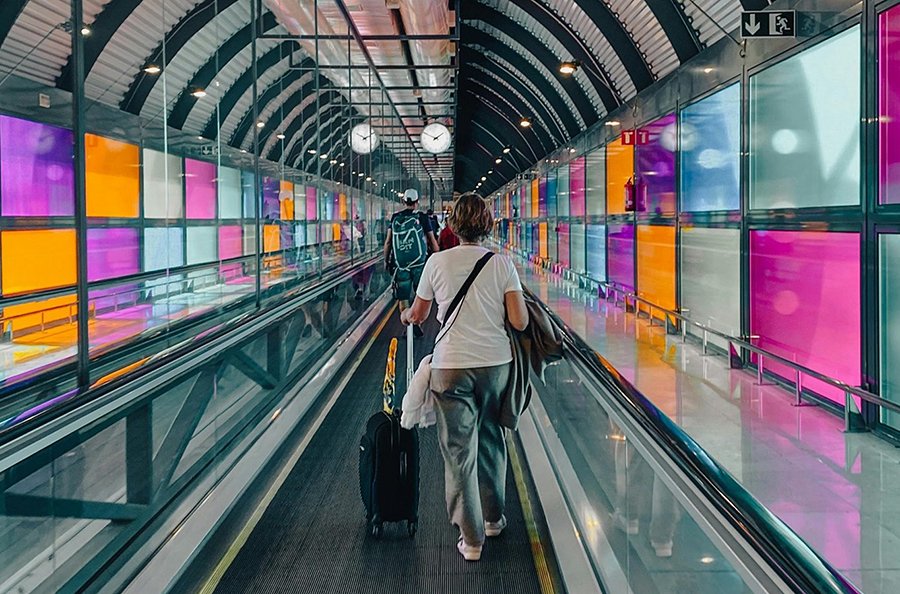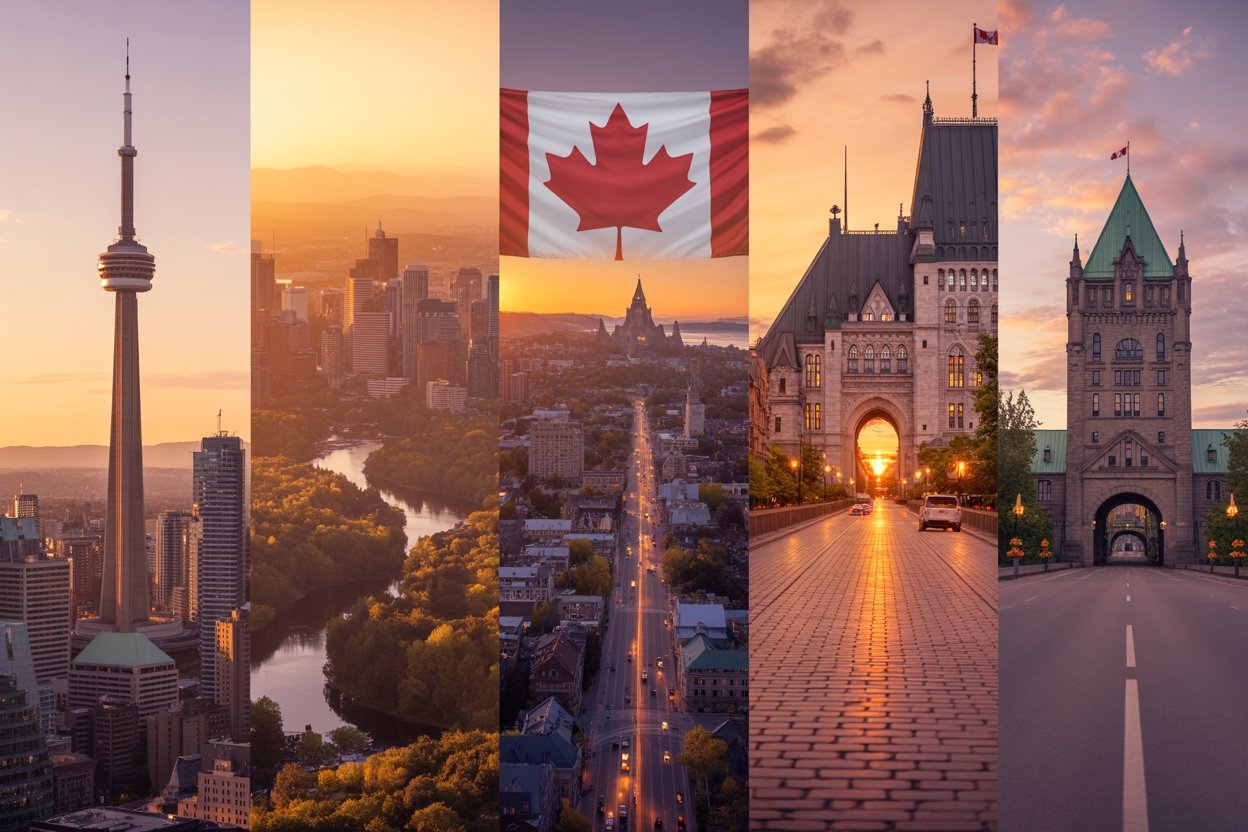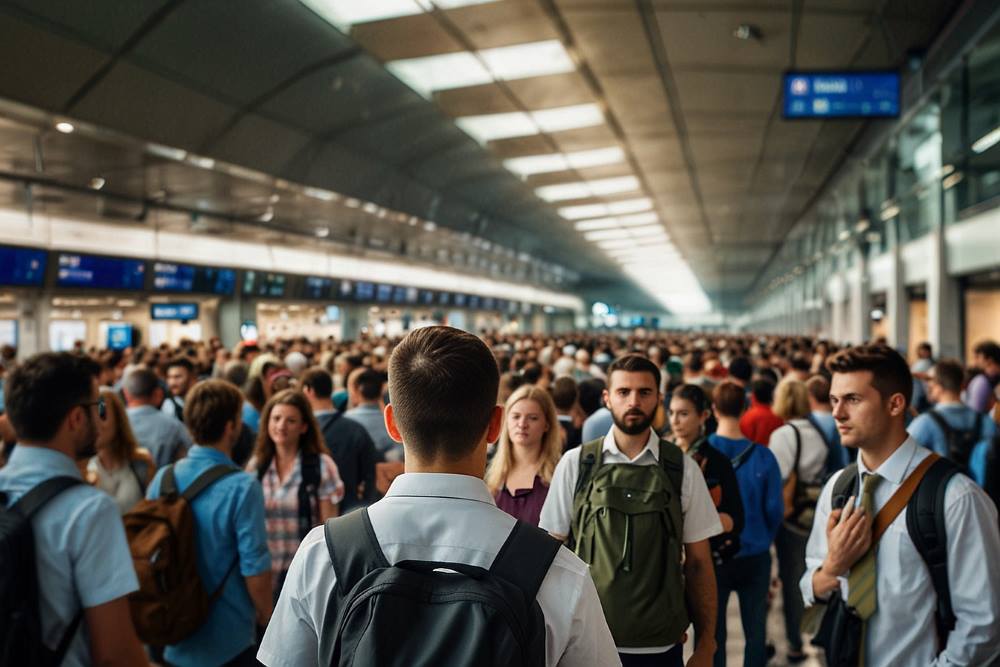читайте также
 New priorities in the U.S. real estate market: from senior housing to data centers
New priorities in the U.S. real estate market: from senior housing to data centers
 Airports 2026: What Passengers Really Want — Key Global Trends
Airports 2026: What Passengers Really Want — Key Global Trends
 SLH’s Groundbreaking Sustainability CTA Report: How Verified Standards Are Changing Luxury Travel — And How Hotels and Airlines Are Responding
SLH’s Groundbreaking Sustainability CTA Report: How Verified Standards Are Changing Luxury Travel — And How Hotels and Airlines Are Responding
 Housing Prices in Russia Will Rise by 10–15% in 2027: Dom.RF Forecast
Housing Prices in Russia Will Rise by 10–15% in 2027: Dom.RF Forecast
 Toronto Joins Vancouver, Ottawa, Montréal, Québec City, and Kelowna in Raising Tourism Taxes from 2026: What Travelers Should Expect
Toronto Joins Vancouver, Ottawa, Montréal, Québec City, and Kelowna in Raising Tourism Taxes from 2026: What Travelers Should Expect
 Europe’s Economy 2025: ECB Records Service-Sector Growth and Export Decline
Europe’s Economy 2025: ECB Records Service-Sector Growth and Export Decline
US Aviation Chaos: 58 Cancellations and 2,674 Delays Hit Major Hubs as Thousands of Passengers Are Stranded

The United States experienced one of the most severe travel disruptions of the season, with 58 flights cancelled and 2,674 delayed across major airports. United, American, JetBlue, Hawaiian, Endeavor Air, and other carriers were hit hardest, leaving thousands of travelers stranded in Portland, Chicago, Minneapolis, Dallas, Seattle, Honolulu and beyond.
While specific causes were not disclosed, available data indicates a combination of operational constraints, weather disruptions, air traffic bottlenecks, and cascading scheduling failures.
Major Airports Hit the Hardest
Newark (EWR) — 10 cancellations, 78 delays
Chicago O’Hare (ORD) — 6 cancellations, 188 delays
Los Angeles (LAX) — 3 cancellations, 91 delays
Dallas–Fort Worth (DFW) — 4 cancellations, 177 delays
New York JFK (JFK) — 3 cancellations, 66 delays
San Francisco (SFO) — 3 cancellations, 89 delays
Seattle–Tacoma (SEA) — 5 cancellations, 84 delays
Orlando (MCO) — 5 cancellations, 78 delays
Atlanta (ATL) — 2 cancellations, 117 delays
Miami (MIA) — 1 cancellation, 99 delays
The ripple effect is impacting flights to Europe, Asia, Canada, Australia and Latin America.
Airlines Facing the Most Disruptions
United Airlines — 14 cancellations, 187 delays
American Airlines — 2 cancellations, 372 delays
Delta Air Lines — 2 cancellations, 179 delays
JetBlue, Alaska, Frontier, Spirit — widespread delays
SkyWest — 1 cancellation, 174 delays
The data confirms an industry-wide congestion pattern amplified by staffing limitations and winter weather conditions.
Impact on Destinations and Countries
International routes affected include:
- Canada
- Mexico
- United Kingdom
- Germany
- Australia
- Japan
Major US hubs serve as global connectors — meaning any disruption rapidly becomes international.
What Travelers Should Do Now
- Check flight status frequently.
- Contact the airline for rebooking or refunds.
- Explore alternate airports and routing.
- Prepare for extended waiting times.
- Ask about compensation if eligible.
According to International Investment analysts:
“The latest disruptions underscore a structural fragility in the US aviation system — an overreliance on saturated hubs, insufficient operational reserves, and ongoing labor shortages. With global passenger numbers rising into 2026, such events may escalate unless airlines and airports accelerate investments in automation, predictive operations, and schedule resilience.”





